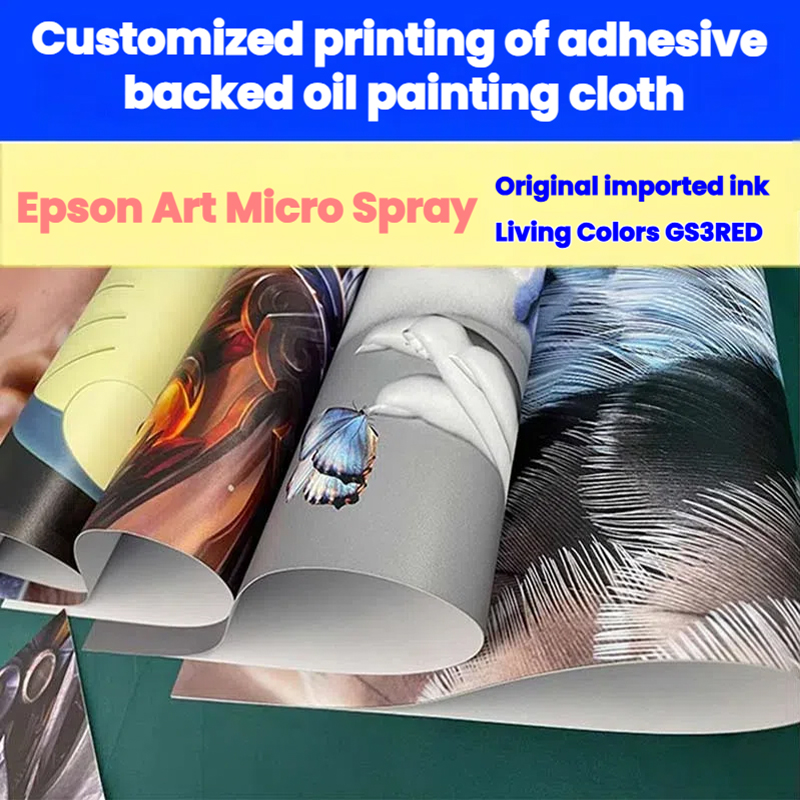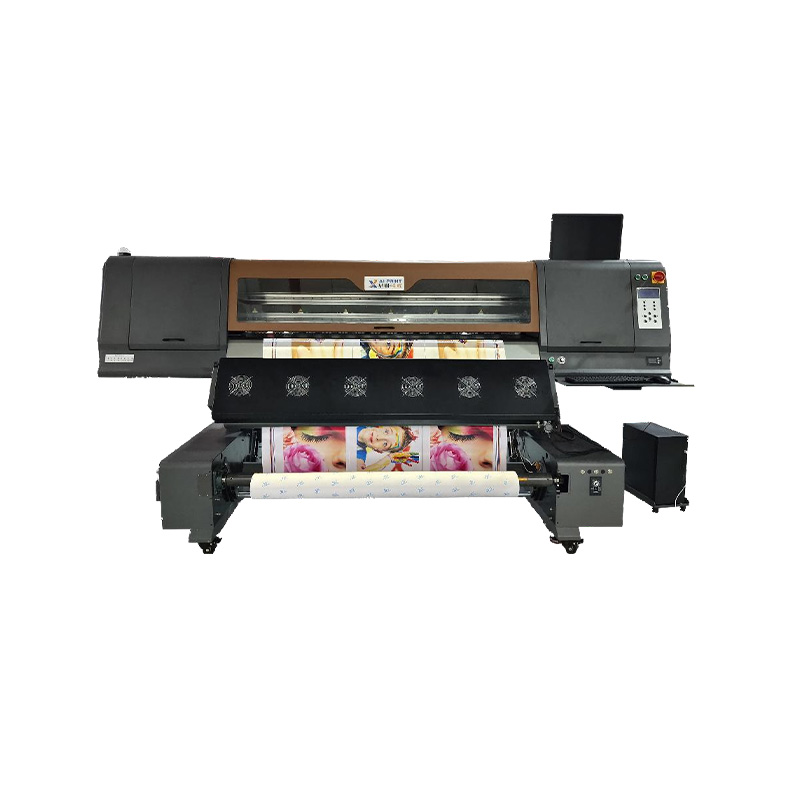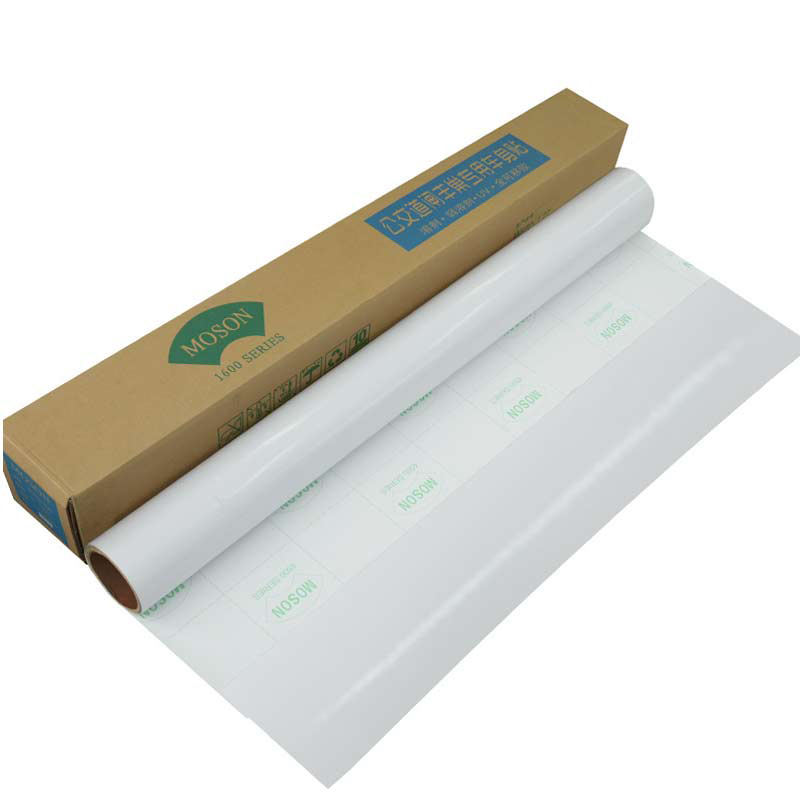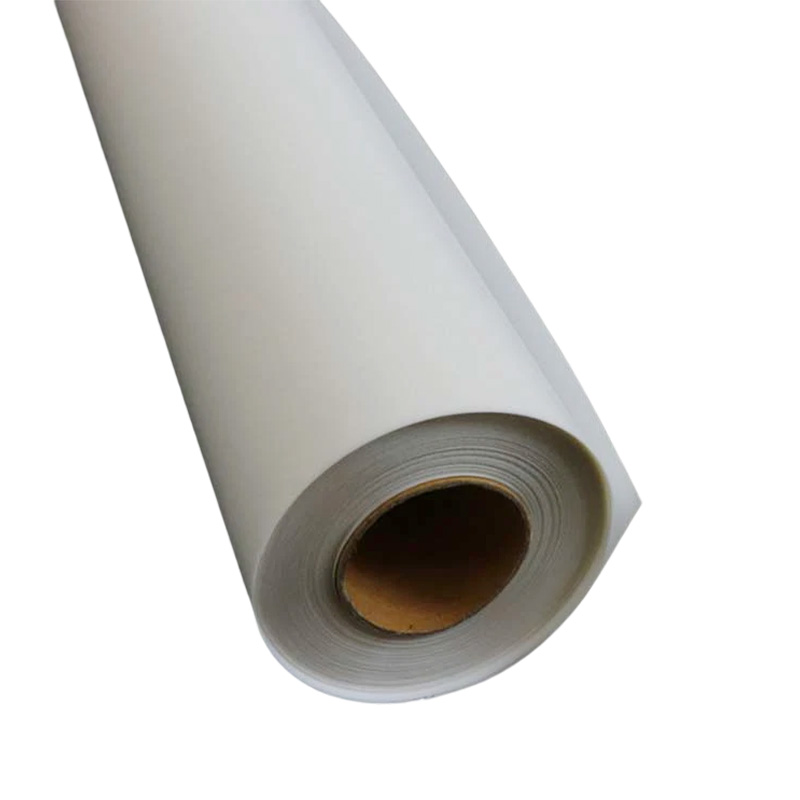How do car stickers achieve high hiding power and effectively cover dark car paint?
Release Time : 2025-08-12
Car stickers, a widely used advertising product, are ideal for vehicle body advertising, store window decorations, and temporary promotional signage due to their outstanding visual appeal and easy installation. Especially for vehicle body advertising, car stickers require strong hiding power against various vehicle paint backgrounds, especially dark paint, to ensure clear and accurate color reproduction.
1. Selection and Treatment of White Self-Adhesive Substrate
Car sticker production relies on white self-adhesive material, which not only offers excellent adhesion but also high reflectivity and hiding power. To ensure adequate hiding power even on dark car paint, high-whiteness, high-density polyethylene (PE) or polyvinyl chloride (PVC) substrates are typically selected. These materials have strong light-scattering properties, effectively reflecting light and minimizing the impact of background color on the surface design. Furthermore, during the production process, the substrate undergoes special surface treatments, such as a white primer or adhesive, to further enhance its hiding power. This primer not only improves the substrate's smoothness but also fills tiny pores, ensuring a more uniform application of subsequent printed layers and preventing show-through caused by substrate imperfections.
2. Printing Precision and Ink Selection
Car stickers typically feature multiple layers of printing to create a rich, vibrant image and text. To achieve high hiding power, ensuring the thickness and uniformity of the printed layers is paramount. Modern digital printing technology allows for precise control of the amount of ink applied to each layer, ensuring optimal coverage. When choosing an ink, it's crucial to use a highly concentrated, high-hiding white ink for the base coat. This type of ink typically contains highly effective hiding ingredients like titanium dioxide, forming a dense white film on the substrate surface that effectively blocks the background color from bleeding through. For the colored design, high-quality, environmentally friendly inks are used, and multiple overprinting techniques are employed to enhance overall hiding power, ensuring vibrant colors and sharp details even against dark backgrounds.
3. Coating Design and Structural Optimization
In addition to the substrate and ink selection, coating design is also a key factor influencing the hiding power of car stickers. A common practice is to add one or more intermediate coatings over the white primer. These intermediate coatings not only further enhance the hiding power but also protect the underlying printed material, preventing fading or wear from prolonged exposure to the environment. Some high-end car sticker production products, in particular, utilize UV curing technology to cure each layer. UV curing not only speeds up drying but also significantly improves the coating's hardness and abrasion resistance, extending the product's lifespan. More importantly, the UV-cured coating creates a smooth and even surface, enhancing the overall aesthetics and hiding power of the finished product.
4. Weather Resistance and Environmental Adaptability
Given that car sticker production is often used outdoors, especially on vehicle exteriors, excellent weather resistance and environmental adaptability are essential. To this end, manufacturers add a transparent protective film or lamination as the outermost layer. This layer not only provides water and UV protection but also effectively resists erosion from harsh weather conditions such as wind, sand, and acid rain, preventing damage to the inner printed layer and maintaining long-term, stable hiding power. Furthermore, to cope with temperature fluctuations in diverse climates, car sticker production also requires excellent thermal stability. High-quality car stickers maintain their original physical properties across extreme temperature ranges (e.g., -30°C to 80°C), preventing shrinkage, expansion, or peeling due to temperature fluctuations, ensuring consistent hiding power.
5. Application Techniques and Practical Application
In practice, the correct application method also plays a crucial role in the hiding power of car stickers. First, ensure the vehicle surface is clean and dust-free before application, and remove any residue from previous logos. For uneven areas, use a specialized tool to apply localized heat and soften the sticker to better conform to curved contours and prevent air bubbles. Second, during application, ensure that air is removed and the sticker is gradually smoothed from the center outward to ensure a tight fit on the vehicle surface. This not only improves hiding power but also extends the lifespan of the sticker and prevents edge curling that detracts from the overall aesthetic.
In summary, the high hiding power and effective coverage of dark vehicle paint achieved by car stickers is the result of meticulous consideration and optimization of multiple aspects, including material selection, printing precision, coating design, weather resistance, and application techniques. By selecting high-whiteness, high-density substrates, matching them with highly effective hiding inks and multi-layer printing processes, supplemented by UV curing technology and professional construction methods, car sticker production can meet the needs of various application scenarios in terms of both visual effects and practicality.
1. Selection and Treatment of White Self-Adhesive Substrate
Car sticker production relies on white self-adhesive material, which not only offers excellent adhesion but also high reflectivity and hiding power. To ensure adequate hiding power even on dark car paint, high-whiteness, high-density polyethylene (PE) or polyvinyl chloride (PVC) substrates are typically selected. These materials have strong light-scattering properties, effectively reflecting light and minimizing the impact of background color on the surface design. Furthermore, during the production process, the substrate undergoes special surface treatments, such as a white primer or adhesive, to further enhance its hiding power. This primer not only improves the substrate's smoothness but also fills tiny pores, ensuring a more uniform application of subsequent printed layers and preventing show-through caused by substrate imperfections.
2. Printing Precision and Ink Selection
Car stickers typically feature multiple layers of printing to create a rich, vibrant image and text. To achieve high hiding power, ensuring the thickness and uniformity of the printed layers is paramount. Modern digital printing technology allows for precise control of the amount of ink applied to each layer, ensuring optimal coverage. When choosing an ink, it's crucial to use a highly concentrated, high-hiding white ink for the base coat. This type of ink typically contains highly effective hiding ingredients like titanium dioxide, forming a dense white film on the substrate surface that effectively blocks the background color from bleeding through. For the colored design, high-quality, environmentally friendly inks are used, and multiple overprinting techniques are employed to enhance overall hiding power, ensuring vibrant colors and sharp details even against dark backgrounds.
3. Coating Design and Structural Optimization
In addition to the substrate and ink selection, coating design is also a key factor influencing the hiding power of car stickers. A common practice is to add one or more intermediate coatings over the white primer. These intermediate coatings not only further enhance the hiding power but also protect the underlying printed material, preventing fading or wear from prolonged exposure to the environment. Some high-end car sticker production products, in particular, utilize UV curing technology to cure each layer. UV curing not only speeds up drying but also significantly improves the coating's hardness and abrasion resistance, extending the product's lifespan. More importantly, the UV-cured coating creates a smooth and even surface, enhancing the overall aesthetics and hiding power of the finished product.
4. Weather Resistance and Environmental Adaptability
Given that car sticker production is often used outdoors, especially on vehicle exteriors, excellent weather resistance and environmental adaptability are essential. To this end, manufacturers add a transparent protective film or lamination as the outermost layer. This layer not only provides water and UV protection but also effectively resists erosion from harsh weather conditions such as wind, sand, and acid rain, preventing damage to the inner printed layer and maintaining long-term, stable hiding power. Furthermore, to cope with temperature fluctuations in diverse climates, car sticker production also requires excellent thermal stability. High-quality car stickers maintain their original physical properties across extreme temperature ranges (e.g., -30°C to 80°C), preventing shrinkage, expansion, or peeling due to temperature fluctuations, ensuring consistent hiding power.
5. Application Techniques and Practical Application
In practice, the correct application method also plays a crucial role in the hiding power of car stickers. First, ensure the vehicle surface is clean and dust-free before application, and remove any residue from previous logos. For uneven areas, use a specialized tool to apply localized heat and soften the sticker to better conform to curved contours and prevent air bubbles. Second, during application, ensure that air is removed and the sticker is gradually smoothed from the center outward to ensure a tight fit on the vehicle surface. This not only improves hiding power but also extends the lifespan of the sticker and prevents edge curling that detracts from the overall aesthetic.
In summary, the high hiding power and effective coverage of dark vehicle paint achieved by car stickers is the result of meticulous consideration and optimization of multiple aspects, including material selection, printing precision, coating design, weather resistance, and application techniques. By selecting high-whiteness, high-density substrates, matching them with highly effective hiding inks and multi-layer printing processes, supplemented by UV curing technology and professional construction methods, car sticker production can meet the needs of various application scenarios in terms of both visual effects and practicality.







